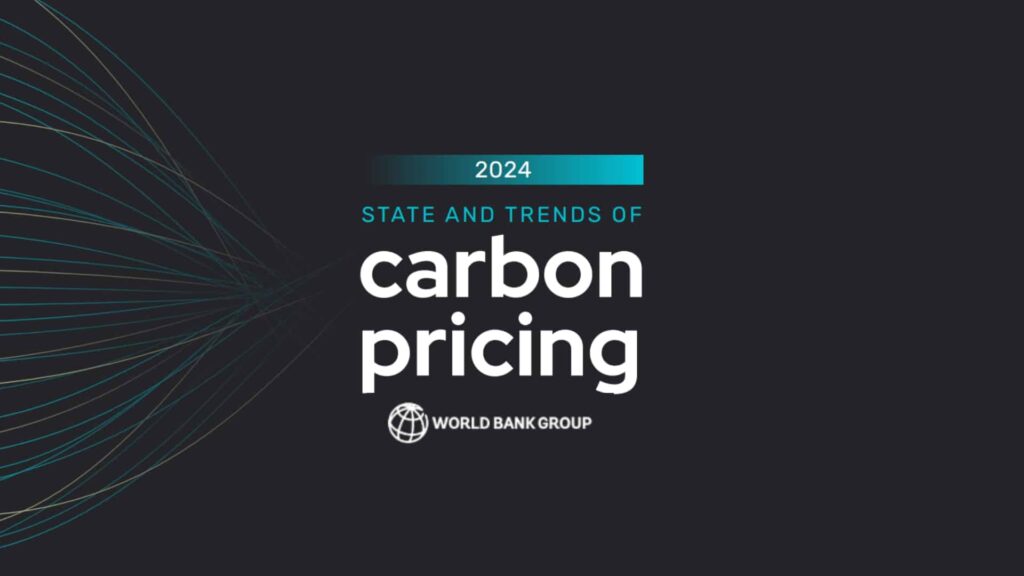Traders of Environmental Progress
STX Group is a global environmental commodities trader offering physical and financial solutions across compliance and voluntary systems for energy, fuels, gas and carbon markets.

Report
In 2024, carbon markets grew to cover over 24% of global emissions, with revenues exceeding $104 billion. Key trends include expanding carbon pricing to new sectors like aviation and waste, a shift in the voluntary market towards high-quality removal credits over reduction credits, and increased corporate interest in long-term offtake agreements for carbon removal projects to gain more control and certainty. However, despite progress, current pricing levels are still insufficient to meet the Paris Agreement goals.
The World Bank’s annual State and Trends of Carbon Pricing report is aimed at providing an up-to-date overview of existing and emerging carbon pricing instruments around the world, including international, national, and subnational initiatives. It focuses on identifying key developments relating to all forms of direct carbon pricing – emissions trading systems, carbon taxes, and carbon crediting mechanisms. This year’s report will be the twelfth (in its current format) – building on many decades of World Bank Group’s work in this space.
Key findings for 2025:

Dive into the final 2025 episode of Carbon Trading Chronicles, where we break down a stable year in carbon and energy markets, key EUAs trends, investor profit-taking .....